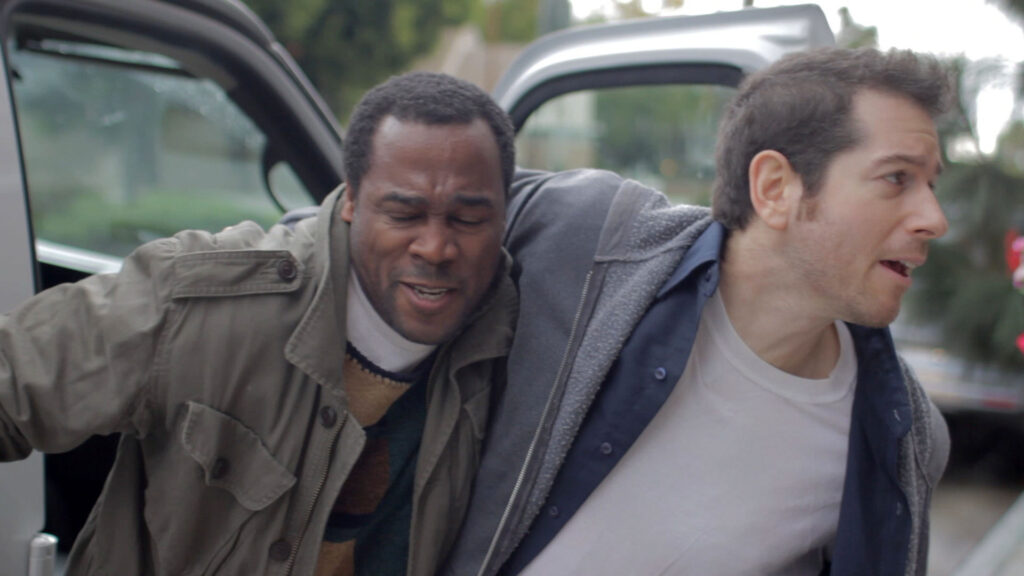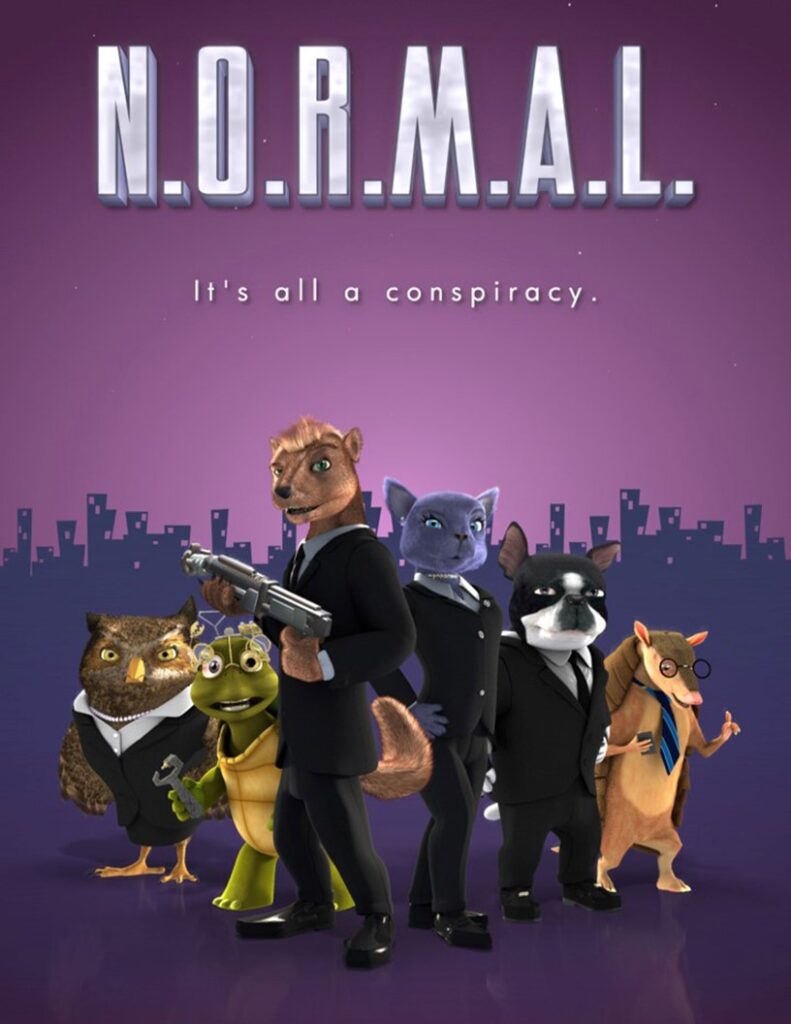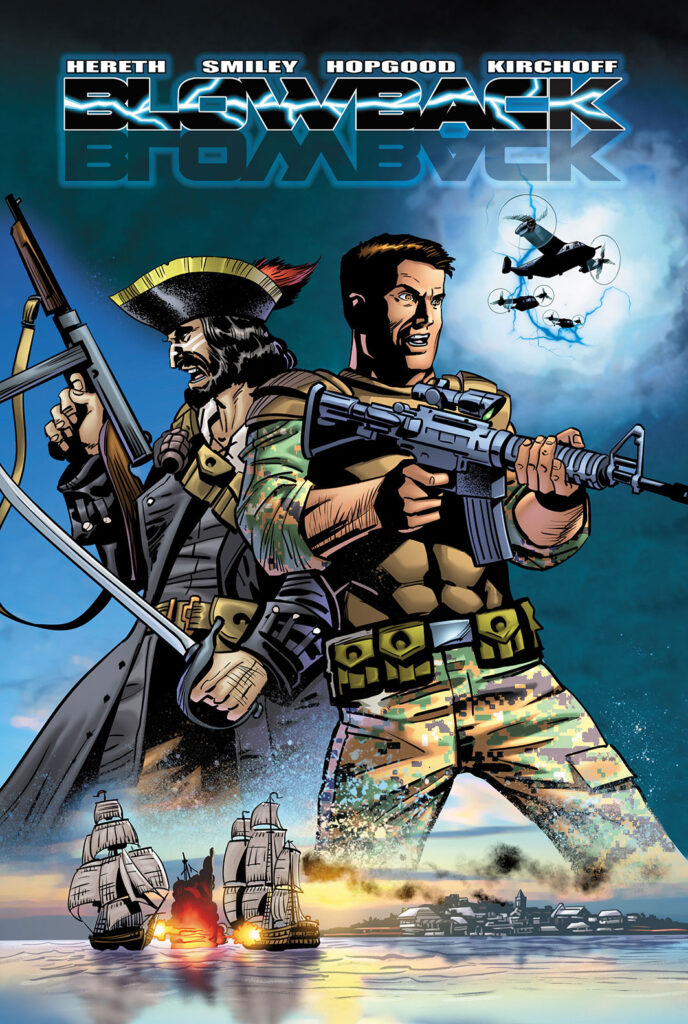
If you write for long enough, you’re going to end up with projects in your library that you’ve pitched to everyone you could, but have yet to come to fruition.
You still believe in them, you still love the stories, but maybe you need to come at them differently than you have before.
I’m talking about upcycling. Reinvigorating those scripts with an entirely different kind of reboot, and transforming them into something new.
Like anything in the entertainment industry there’s no one way to make that happen. Here’s a few to consider…
SCREENPLAY TO NOVEL

The most obvious path is the reverse-adaptation. Taking that screenplay and adapting it into a novel. It’s an opportunity to enrich your story, exploring deeper and expanding further.
It’s by no means easy, and writing prose might feel unfamiliar at first. But a veteran storyteller will eventually find their bearings.
On a practical front, it’s the least expensive route.
Although it’s a good idea to hire an editor or a proofreader, it’s not mandatory. And a cover can just be text alone. Basically, this route calls for plenty of effort and time, but doesn’t require financing.
My frequent writing partner, Rhonda Smiley, has adapted two of her scripts over the last few years. There’s the young adult fantasy, Asper, and the middle grade adventure comedy, Monty and the Monster.
They were both hard work, but the reviews and accolades have proven an excellent reward.
SCREENPLAY TO GRAPHIC NOVEL
Rhonda and I did this with one of our much-loved scripts, Blowback. It had garnered a fair amount of positive responses, including a First Place win for Science Fiction in the Fade In Screenplay Competition.

Nevertheless, we seemed to have trouble getting someone to fork over a couple hundred million to get it produced for the screen.
Instead, we decided that with its combination of time travel and intense action, the story would really work well as a graphic novel.
In a reverse from the prose novel, the graphic novel generally requires aggressively trimming down a feature screenplay for a more manageable page count.
Even with a shorter length, however, this can still be a costly pursuit. Experienced artists, colorists, and letterers don’t come cheap.
You can save some money by creating a partnership with an artist, but you’ll lose a lot of control in the process. As with all pursuits, the path that works best for you might be different from others’.
For us, the results were a book that was nominated for Best Original Graphic Novel and won Fan Favorite Villain at the 2022 Ringo Awards.
SERIES TO FEATURE

Rhonda and I originally conceived of the project, N.O.R.M.A.L., as an animated series. A treatment was written, episode loglines created, and artwork drawn.
Later, we realized it would instead make a great feature follow-up to our indie sci fi movie, Race. Easier said than done, of course (what is easier done than said, I wonder), but once we found the right story, the feature screenplay became our favorite version of the concept.
Alas, financing for that movie hasn’t come together. Yet. And as a result, we’ve come back around and revisited the series format as a spin-off of the potential movie.
Maybe a podcast version next?
FEATURE TO SERIES
During a recent breakfast with filmmaker friend, Mark Brian Smith, he talked about his experience adapting a feature spec into a series pitch.
Similar to a novel, your story might be better served with a longer run time. More room to explore your characters, expand their world, and see how the plotlines develop.
And taking into account the miniseries, the prestige limited series, the anthology series, and the open-ended traditional series, there are so many options to consider when mapping it out.
WEB SERIES TO TELEVISION SERIES

Another filmmaker friend, Doug Stark, created a web series called, Shining City, directing and producing the short pilot for it.
While that pilot didn’t ultimately develop into an ongoing show, it ended up being a launch point for Doug to write an hourlong script for a potential television version.
And for that, the short would serve as an excellent companion piece to demonstrate the tone, style, and direction of the project.
END TO A BLOG POST
While we’d always love to see these types of adaptations circle back to become the initial movies or series one day, the new iterations should be seen as end products themselves. Fresh ways to invigorate older projects and ultimately give them another chance to get in front of an audience.
_______________________________________________________

Jim Hereth‘s latest project is his debut action/adventure graphic novel, Blowback, nominated for Best Original Graphic Novel and winner of Fan Favorite Villain at the Ringo Awards. Available now in digital and paperback editions at Amazon.
![[TEXTSMITH] BLOG](https://blog.jameshereth.com/wp-content/uploads/2016/07/cropped-cropped-BulbsPlus.jpg)